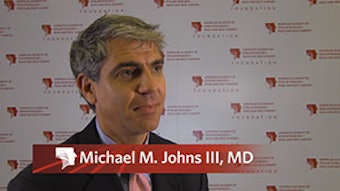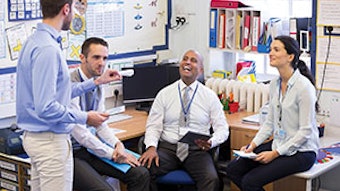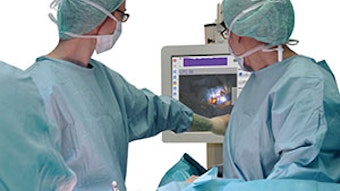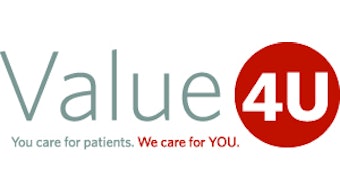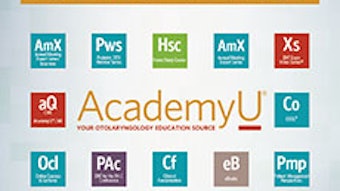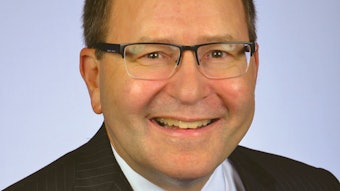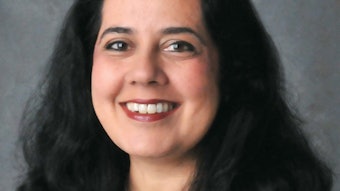Human voice transmits emotion, clarity
According to the U.S. Census, there are 7.3 billion people in the world, and 322 million in the United States.1 More than 7 billion human voices speak and exchange ideas with one another each day.
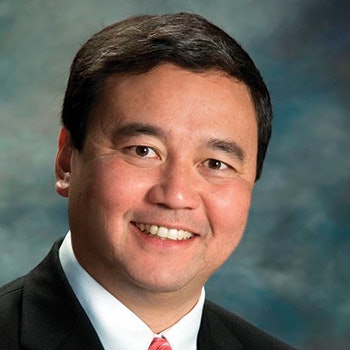
According to the U.S. Census, there are 7.3 billion people in the world, and 322 million in the United States.1 More than 7 billion human voices speak and exchange ideas with one another each day.
It is not only the exact selection of words, but the intonations, inflections, and associated expressions that create and shape the delivered message. Fine. Fine? FINE! Each variation creates a different impact based simply on the way the word is articulated.

In our fast-paced world of electronic and digital communication, which relies on keyboard-manufactured words, some have raised concerns about old fashioned, eye-to-eye, direct communication. As an “old-school” advocate, I often prefer and certainly value the emotion, emphasis, and clarity that the human voice so capably transmits.
Who talks and how the words are spoken define the moment—the sweet and scintillating sound of my wife’s voice as we cherish our many life gifts, the excitement and elation as a son or daughter receives a school acceptance, the sadness and understanding of the hoarse smoker who realizes the gravity of the condition. The delivery of any sensitive or serious patient information deserves live, in-person communication, not computerized portals or impersonal internet interactions. It is critical to ensure patient comprehension, and the opportunity for the provider to offer necessary guidance and support. Our physician voice has immeasurable strength to heal and to provide realistic outlook and hope.
Dissemination of timely and accurate information is key to our goal of patient education. The website and digital information media are invaluable for this application. We are extremely fortunate that our Academy has assembled an informative webpage describing our numerous and growing campaigns including Kids ENT Health Month (February), World Voice Day (April 16) and Oral Head and Neck Cancer Awareness Week (April 10-16), and Better Hearing and Speech Month (May). More information is available at www.entnet.org/content/our-campaigns, under the “About Us” tab.
More than ever, communication among physicians is critical as we all face daily battles to maintain the nobility and independence of our profession, to counter financial constraints, and to foster legislative relationships and strategies. The upcoming AAO-HNS/F 2016 Leadership Forum & BOG Spring Meeting March 18-21, in Alexandria, VA, offers an outstanding free opportunity to explore and discuss practice tips, tricks, and successes with colleagues and Academy leadership. Topics to be covered include contemporary practice marketing and management advances, mentoring, ICD-10, and Registry (RegentSM) updates. Register at www.entnet.org/leadershipforum. Please consider joining us to learn, and to let your voice and your concerns be heard.
Reference
- U.S. and World Population Clock. Population Clock. www.census.gov/popclock/. Dec. 31, 2015.
